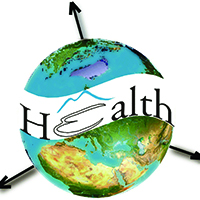First year with COVID-19: Assessment and prospects

All claims expressed in this article are solely those of the authors and do not necessarily represent those of their affiliated organizations, or those of the publisher, the editors and the reviewers. Any product that may be evaluated in this article or claim that may be made by its manufacturer is not guaranteed or endorsed by the publisher.
Authors
The vision of health for all by Dr. Halfdan Mahler, Director General of the World Health Organization (WHO) 1973 to 1988, guided public health approaches towards improving life for all those mired in poverty and disease. Research on the Neglected Tropical Diseases (NTDs) of the world's poor was advancing strongly when the coronavirus disease 2019 (COVID-19) struck. Although work on the NTDs did not grind to a halt, the situation is reminiscent of the author Stefan Zweig's passionate account of culture destruction in his book The World of Yesterday from 1941, which gives an insight as to how the war ended traditional life. His thoughts parallel the present situation; however, this time societies are not torn apart by war but instead isolated by a pandemic. It comes upon today's scientists to move fast to make COVID-19 less devastating than the Spanish flu of 1918-1920 that killed more than 3% of the world population...
How to Cite

This work is licensed under a Creative Commons Attribution-NonCommercial 4.0 International License.
PAGEPress has chosen to apply the Creative Commons Attribution NonCommercial 4.0 International License (CC BY-NC 4.0) to all manuscripts to be published.













